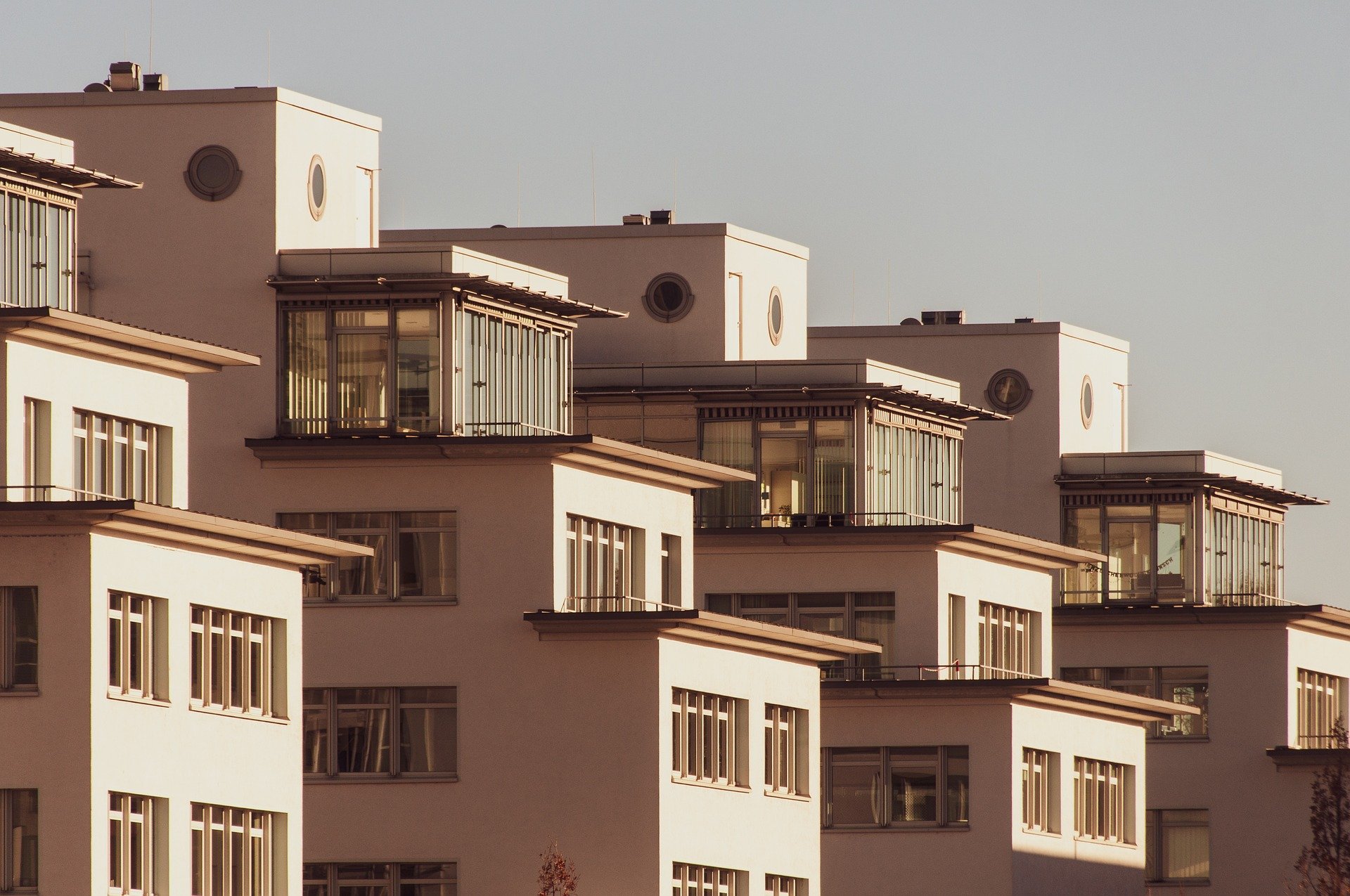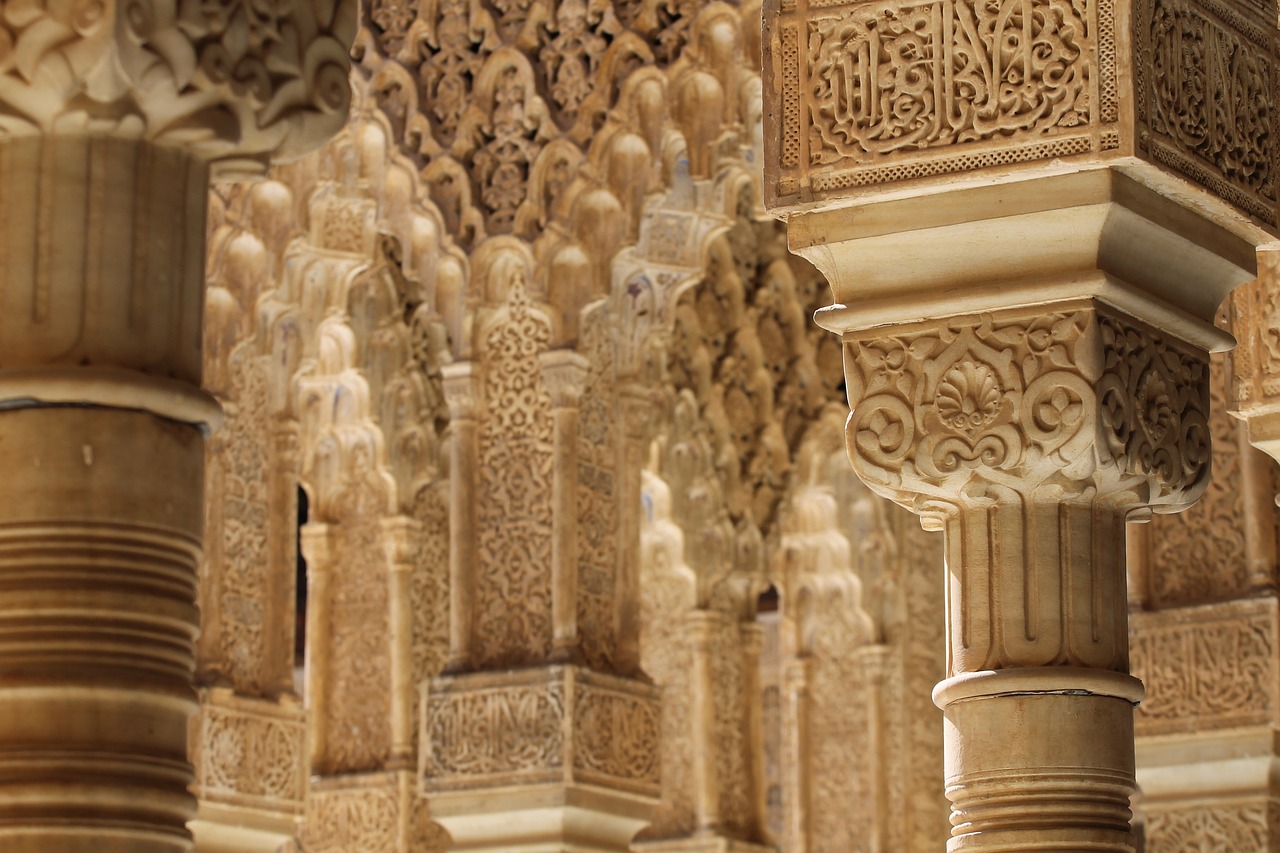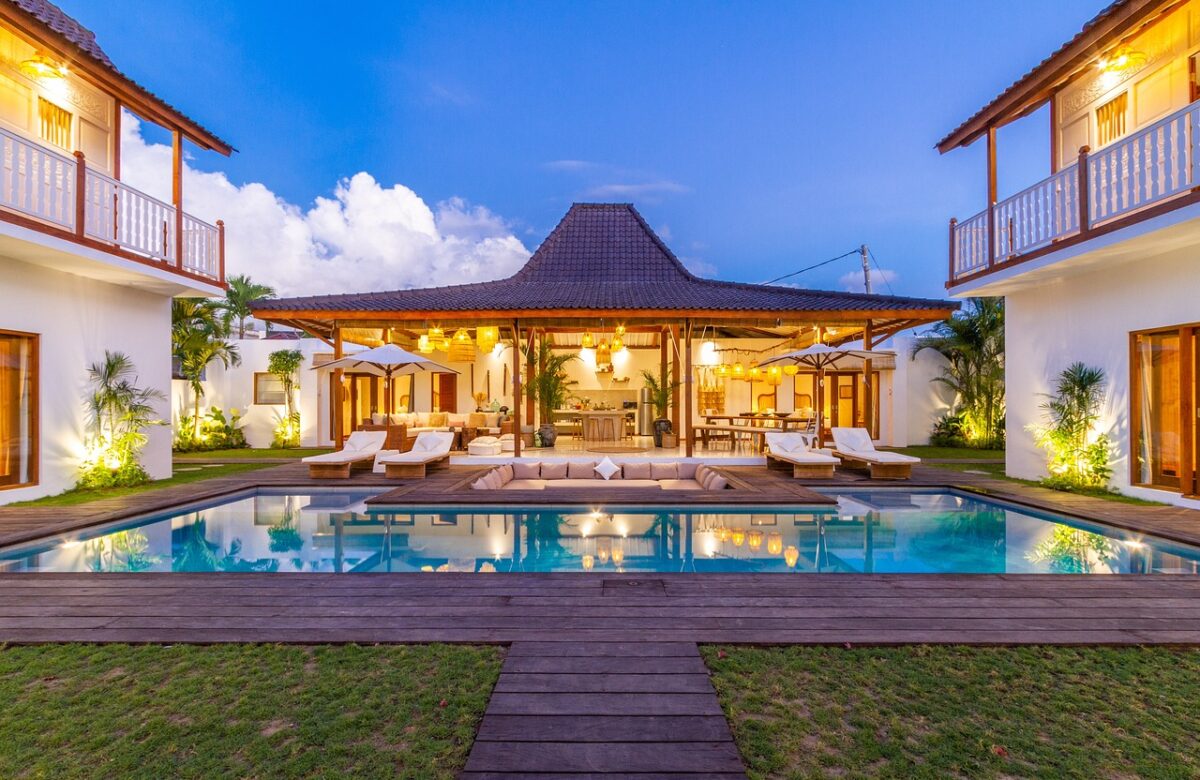
The future belongs to those who can imagine it, design it, and execute it. It isn't something you await, but rather create.
Sheikh Mohammed bin Rashid Al Maktoum, Vice President and Prime Minister of the UAE and Ruler of Dubai
By Studio 35 | Dayana Hamd
A Decade of Cultural Influence and Transformation
The past decade has been a pivotal chapter in the architectural history of the Arab World. From the vibrant urban landscapes of the Gulf to the historic medinas of North Africa, architecture has not only responded to cultural traditions but has also pushed boundaries to redefine contemporary design. This interplay between modernity and heritage is shaping a distinctive architectural identity that reflects the evolving aspirations, values, and lifestyles of Arab societies.
At Studio 35, we believe architecture is more than just the construction of spaces; it is about storytelling. It is about understanding the cultural fabric of a place and interpreting it into functional, yet soulful, designs. Over the past ten years, the Arab World has witnessed an extraordinary architectural renaissance—a movement deeply influenced by its rich cultural heritage, social evolution, and ambitious modern projects.
1. Modernity Meets Tradition: A Harmonized Fusion
One of the most defining characteristics of architectural design in the Arab World is the fusion of tradition and modernity. This duality arises from the desire to preserve cultural identity while embracing innovation and progress. For centuries, traditional Arabic architecture has been defined by its use of geometric patterns, intricate arabesques, courtyards, wind catchers, and domes. These features served functional, aesthetic, and spiritual purposes, deeply rooted in the Islamic and regional way of life.
Over the past decade, architects have creatively reimagined these traditional elements, integrating them into modern buildings. In cities like Dubai, Doha, and Riyadh, you can witness how contemporary skyscrapers incorporate mashrabiya screens to control light and heat, blending aesthetic appeal with energy efficiency. This reinterpretation allows architects to address climate challenges while celebrating cultural symbols.
For instance, Abu Dhabi’s Louvre Museum, designed by Jean Nouvel, is an excellent example of how cultural influence is embedded into design. The museum’s iconic dome, inspired by traditional Arabic patterns, filters light to create a “rain of light” effect, reminiscent of sunlight streaming through palm fronds or mosque courtyards. Such projects celebrate cultural identity while functioning as beacons of contemporary architectural brilliance.
2. Sustainability Inspired by Vernacular Architecture
The conversation surrounding sustainability has become increasingly vital in the Arab World. As cities expand rapidly, architects are challenged to design buildings that are environmentally conscious while remaining contextually appropriate. Interestingly, solutions to modern challenges are often found in traditional practices.
Vernacular architecture across the Arab region has always prioritized sustainability. Traditional desert homes used thick walls for insulation, natural ventilation systems like wind towers (badgirs), and courtyards to cool the spaces naturally. In contemporary architecture, these principles are being revived and adapted with modern technologies to address the pressing issues of climate change.
In the past decade, projects such as Masdar City in Abu Dhabi have spearheaded the conversation on sustainable urban development. This city embodies the future of eco-conscious living while drawing inspiration from ancient design principles. Similarly, architects in North Africa are revisiting the concept of medinas and their organic layouts to create walkable, pedestrian-friendly neighborhoods that foster social interaction and reduce dependency on cars.

3. Cultural Identity in Public Spaces
Another notable trend in the Arab World is the emphasis on designing public spaces that reflect cultural identity and foster community engagement. Traditionally, public spaces in Arab cities revolved around majlis gatherings, bustling souks, and serene courtyards. Over the past decade, urban designers have aimed to revive this sense of connection and belonging by creating spaces that are accessible, inclusive, and rich in cultural expression.
In cities like Amman and Beirut, there is a renewed interest in revitalizing historic neighborhoods, transforming forgotten areas into thriving cultural hubs. For example, initiatives to rehabilitate downtown Beirut have focused on preserving the city’s Ottoman and French colonial architecture while introducing modern public plazas, art installations, and pedestrian pathways. Such projects highlight the importance of honoring history while creating spaces that cater to contemporary urban life.
Similarly, in Saudi Arabia, the Vision 2030 development plan has prioritized cultural infrastructure. Projects like Al-Ula, home to ancient Nabatean tombs, are carefully balancing heritage preservation with modern tourism development. This approach underscores the importance of cultural storytelling and ensuring that architecture becomes a medium for education, tourism, and collective memory.
4. Minimalism and the Influence of Globalization
The Arab World’s design landscape has not been immune to the global wave of minimalism. The past decade has witnessed a growing appetite for clean lines, open spaces, and neutral color palettes that reflect modern, cosmopolitan sensibilities. However, minimalism in Arab architecture often comes with a twist—a subtle nod to tradition.
In residential design, homes are increasingly characterized by uncluttered interiors, natural materials, and large windows that connect indoor spaces to outdoor landscapes. Yet, elements like carved wooden doors, arabesque panels, or traditional textiles ensure that minimalism does not erase cultural identity. Instead, it becomes a sophisticated and harmonious blend of the old and the new.
Cities like Dubai and Kuwait City have embraced this global design language while maintaining local influences. Contemporary villas, museums, and commercial spaces echo international design trends but remain rooted in the Arab ethos through choice of materials, symbolism, and spatial organization.
5. Architecture as a Medium for Cultural Dialogue
Architecture in the Arab World is increasingly becoming a medium for cultural dialogue. It reflects the aspirations of a youthful population eager to define their place in a globalized world while honoring their roots. As globalization brings exposure to diverse ideas, architects have the opportunity to contribute to a narrative that bridges cultural gaps and celebrates diversity.
Cultural institutions like museums, art galleries, and performance spaces have emerged as platforms for this dialogue. The Qatar National Library, designed by Rem Koolhaas, and King Abdulaziz Center for World Culture in Dhahran, designed by Snøhetta, are prime examples of how architecture can transcend its physical form to become a vessel for knowledge, creativity, and cultural exchange.
6. A Decade of Transformation and Looking Ahead
The past decade has been transformative for architecture in the Arab World. It has seen the revival of traditional practices, the embrace of sustainability, and the rise of iconic, innovative structures that have placed the region on the global architectural map. From Dubai’s futuristic skyline to the preserved heritage of Marrakech, architecture has become a testament to resilience, creativity, and cultural pride.
Looking ahead, the next decade holds immense potential for further exploration. As the region faces challenges like urbanization, climate change, and the need for affordable housing, architects will play a crucial role in shaping sustainable, inclusive, and culturally meaningful spaces. The Arab World’s architectural journey is far from over; it is a living tapestry that continues to evolve with every new project, every reclaimed tradition, and every bold idea.
At Studio 35 by Dayana Hamd, we remain committed to designing spaces that honor heritage, celebrate innovation, and tell the stories of their people. Architecture, after all, is about creating experiences—ones that inspire, connect, and endure.
Studio 35 | Dayana Hamd
Transforming Spaces. Celebrating Stories.
Get in touch with us to explore how we can bring cultural meaning and modern sophistication to your next project.



